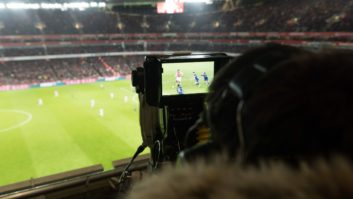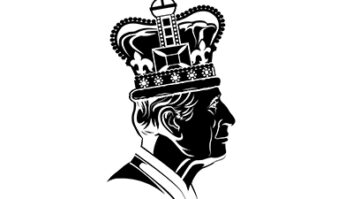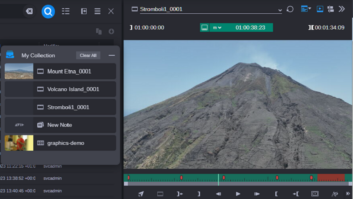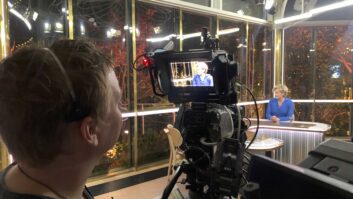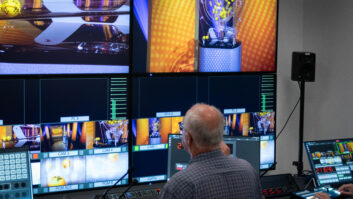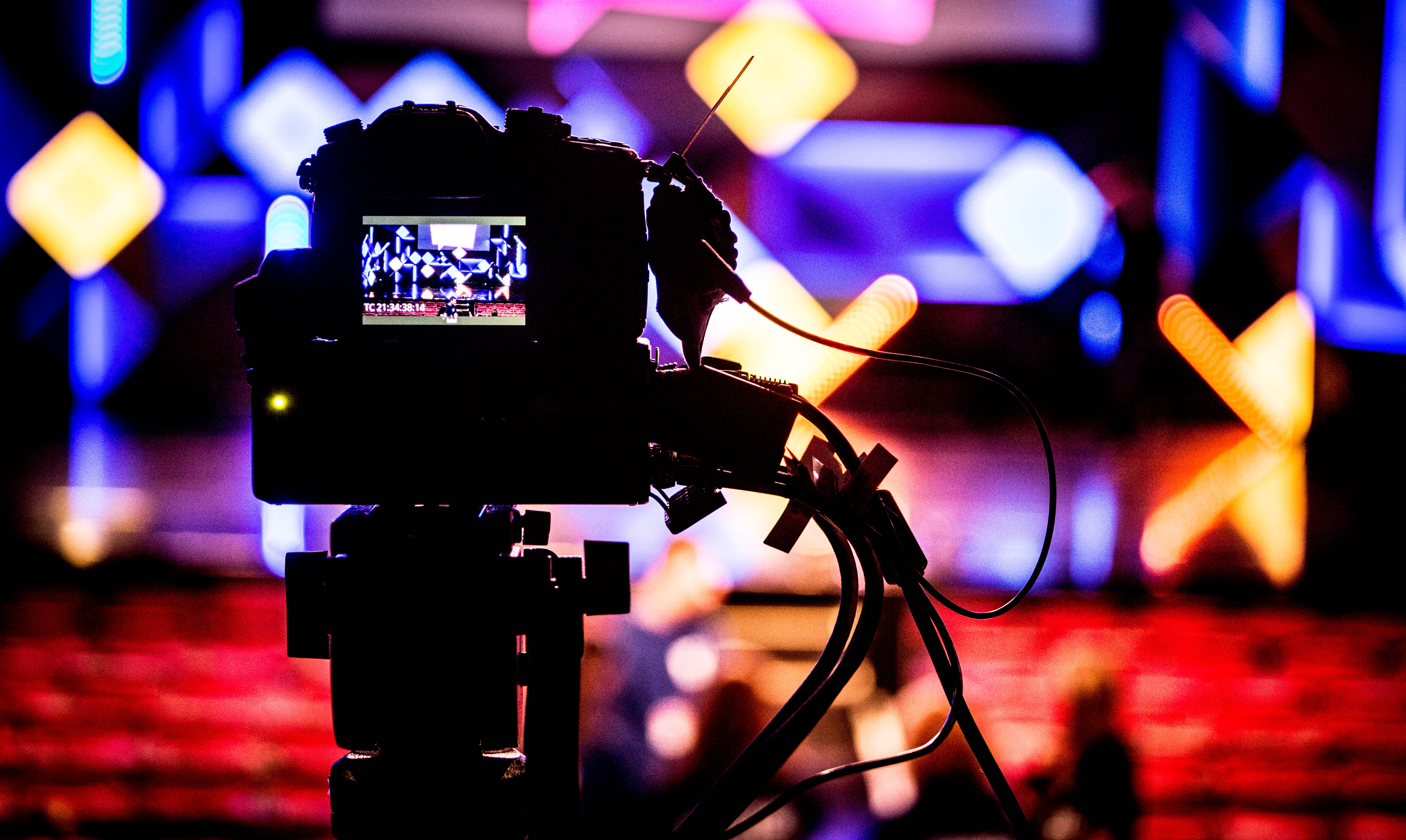
Professional-scale multi-camera coverage isn’t practical for all live events that audiences might be interested in experiencing, such as all the venues at a large festival. Through research at live events like the Edinburgh Festival, BBC R&D has developed a production workflow that it calls Nearly Live. It uses several static unmanned, Ultra HD cameras to capture performances.
“A lightweight video capture rig of this kind, delivering images to a cloud system, allows a director to crop and cut between these shots in software and produce good quality HD coverage at reduced cost, within several minutes to an hour of the event beginning,” said BBC R&D lead technologist John Fletcher. “The director can work from anywhere, using a web browser.”
Latest experiments included fringe theatre venues at Edinburgh, and T In the Park this summer – the results of which were demonstrated at IBC. The idea is to make live event coverage accessible to smaller crews with limited budgets, and to simplify production for novice users. It says Nearly Live has created opportunities to “significantly increase the quantity of coverage” able to be captured from multi-location events “because available technical and craft resources can be deployed much more widely”.
The prototype tool for Nearly Live Production is a web application called Primer, combining the traditional activities of a director, editor and camera operator into a single role. “The director can perform camera cuts, reframe existing cameras and edit shot transitions and durations,” explains Fletcher. “The near-live pipeline is object based from end-to-end, capturing all edit decisions and preserving every camera feed for compositing later in the cloud or on audience devices.
“Shifting from live to near-live production allows us to use lower-cost systems,” he adds. “Technologies used for distribution and playback of media over the internet – such as HTML5 and DASH – can also be used at the authoring stage to streamline workflows and give directors an accurate sense of what the final experience would be. Bringing authoring and playback technologies together has the potential to bring producers and audiences closer together with production being performed anywhere.”


